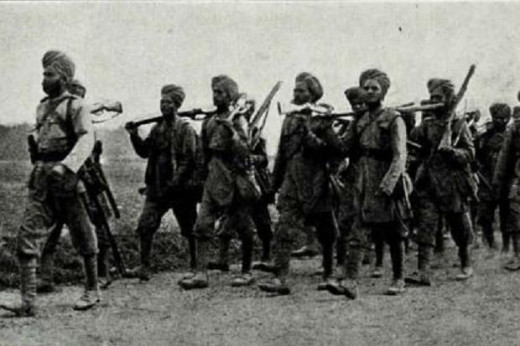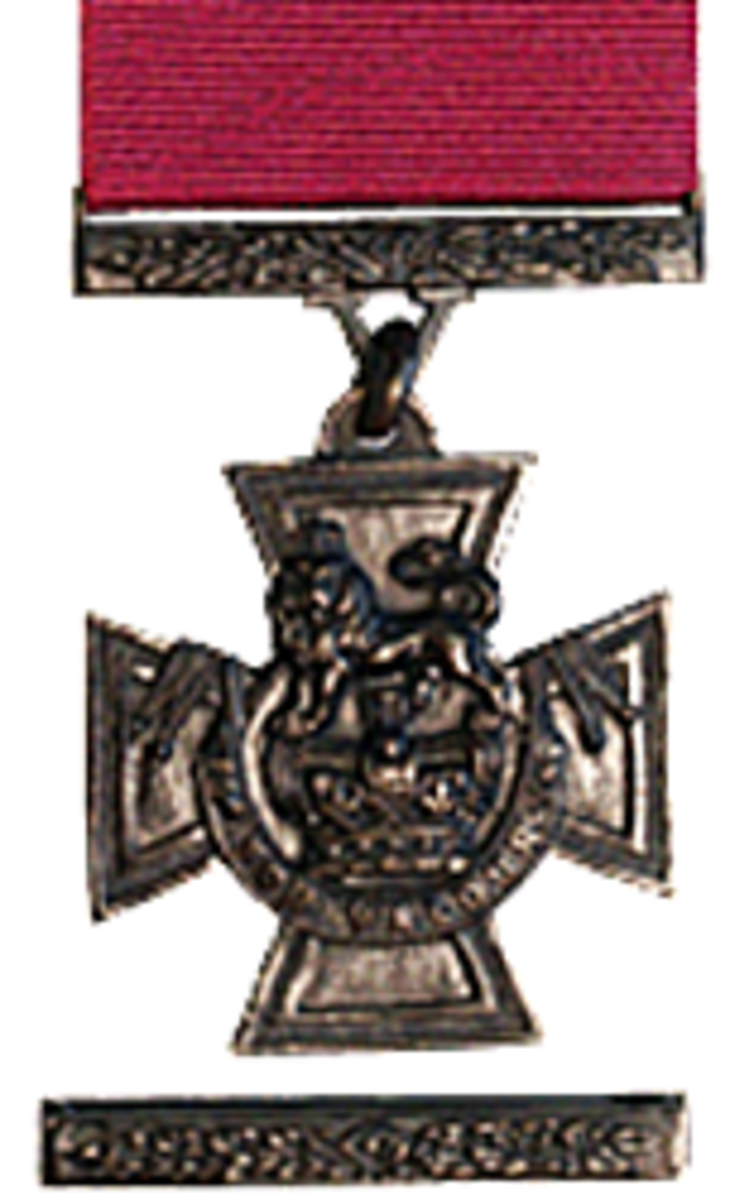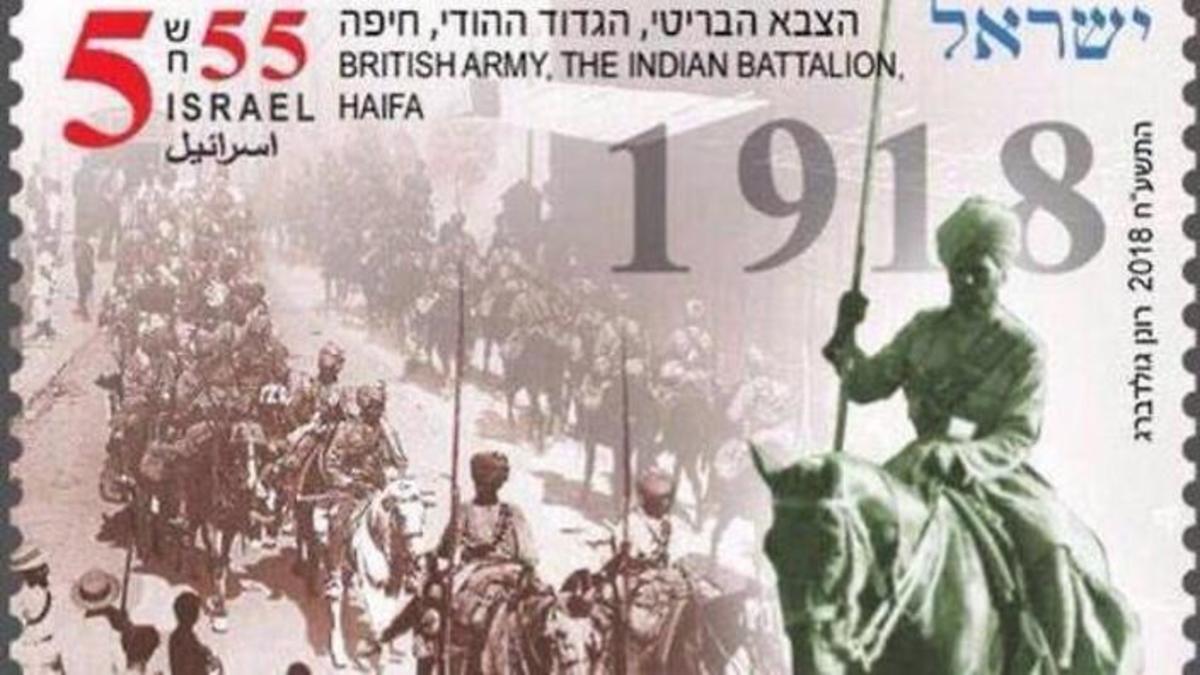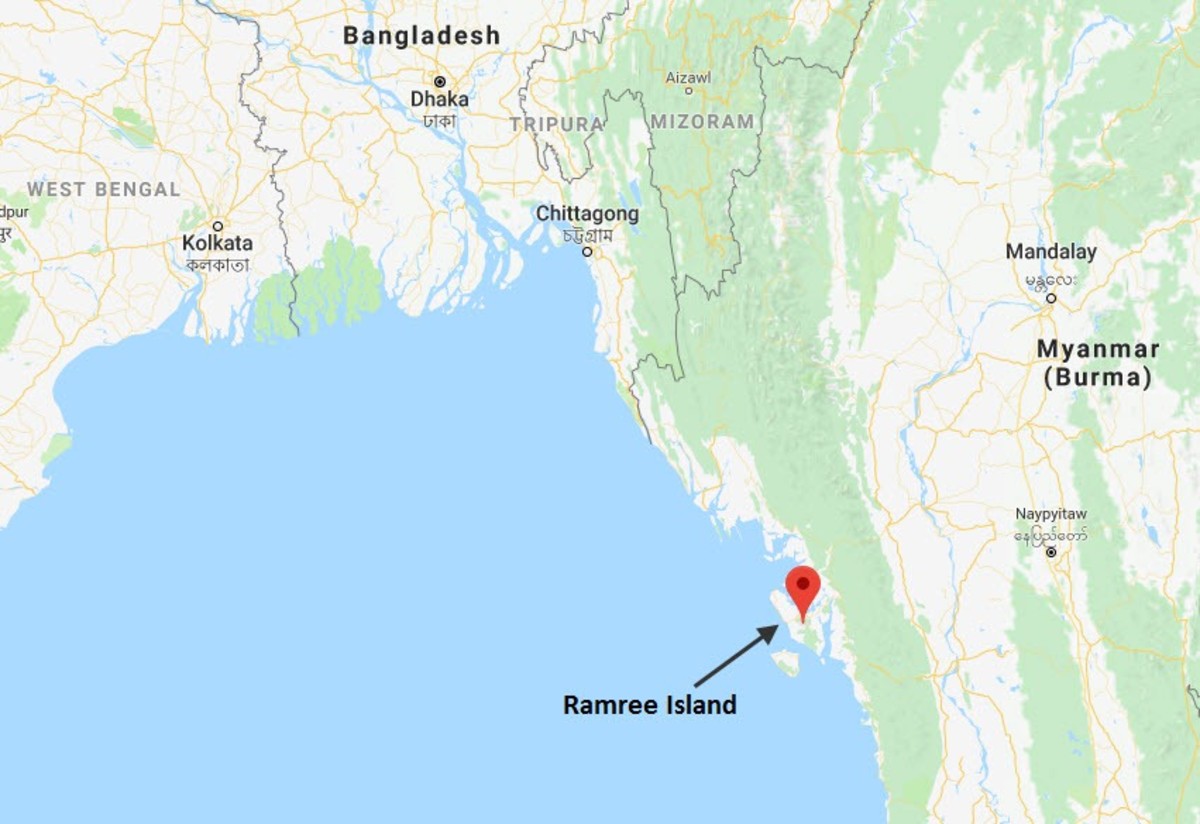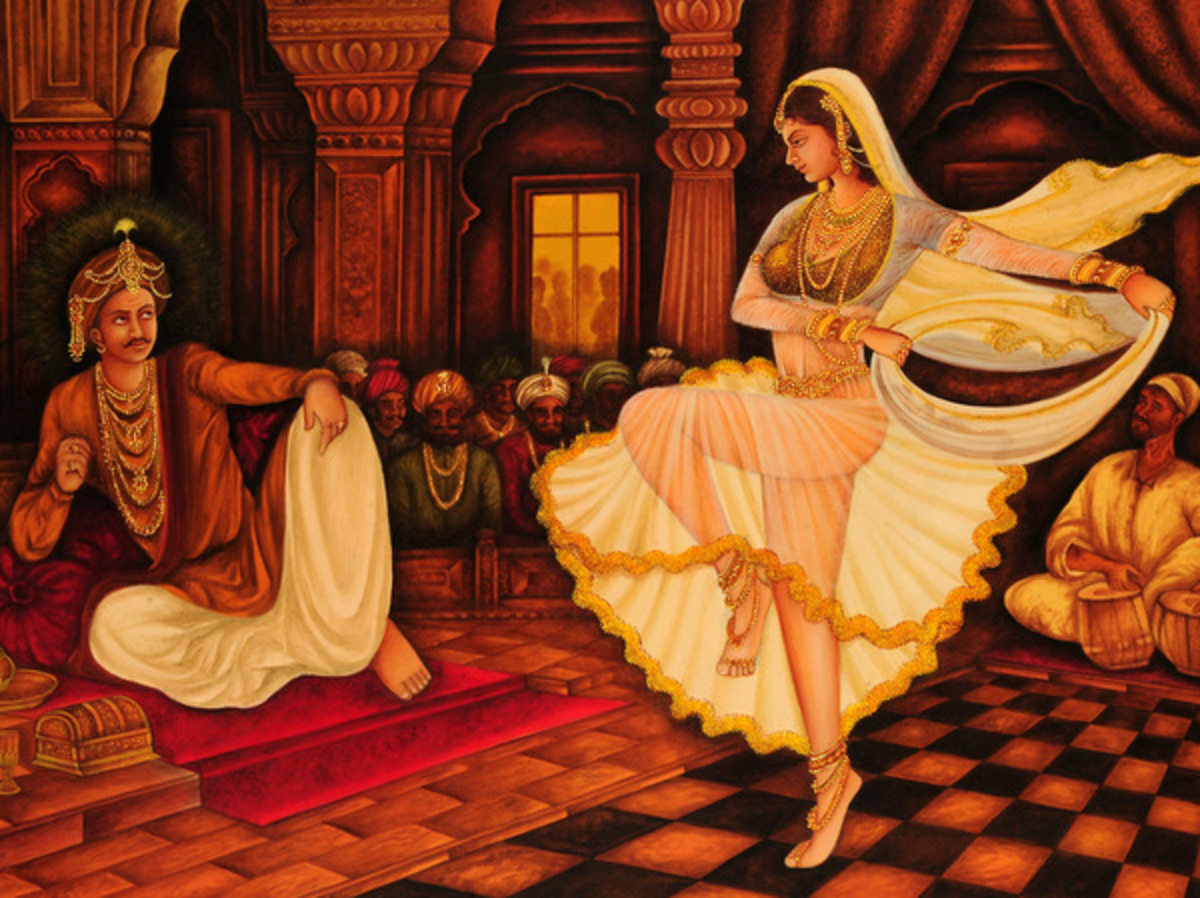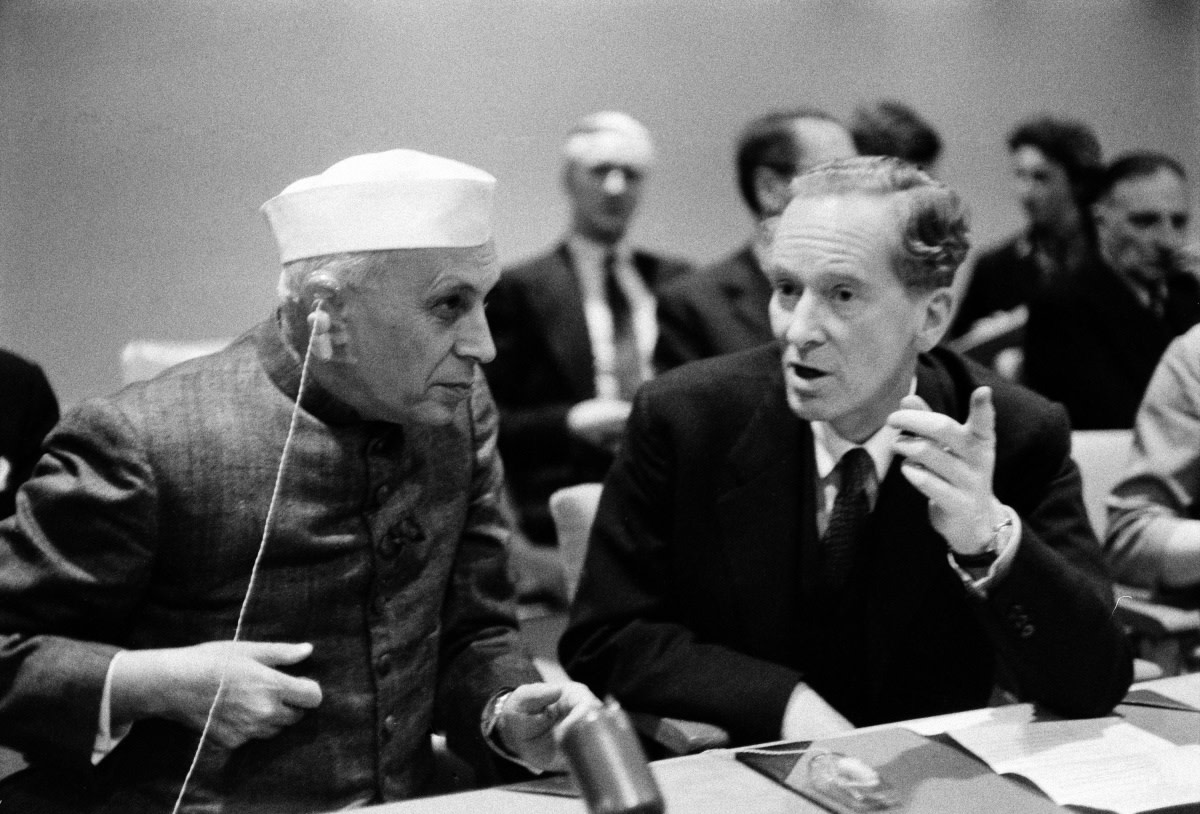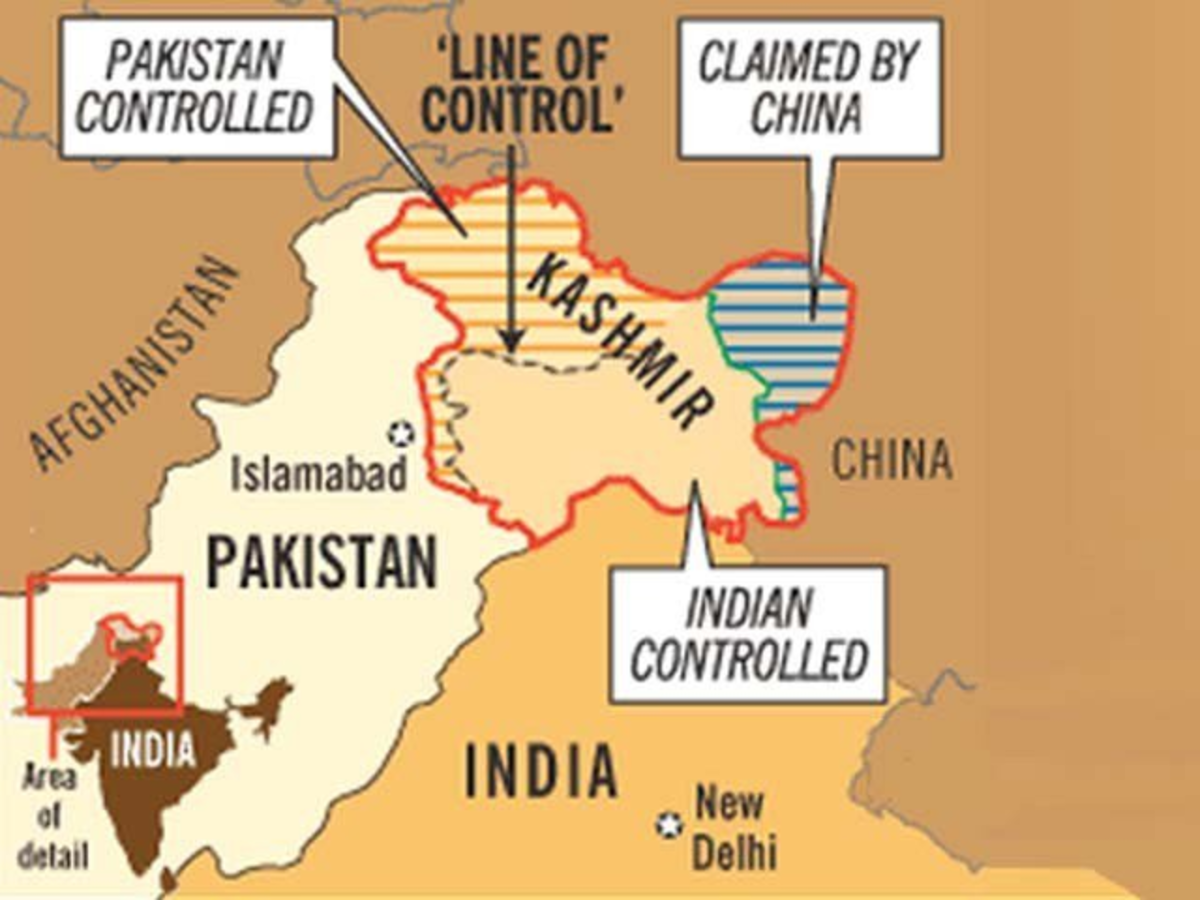Caste, Martial Races and the Indian Army
The beginning
In the 17th century, the British looking for a route to trade with India formed the East India Company. The company soon became a major player in India and by the beginning of the 19th century had become the ruler in the sub-continent. This was because of an ingenious process of divide and rule. It was also because of a set of dedicated soldiers who furthered the cause of the Empire and defeated the local rulers. The East India company had its own army which in due course became the British Indian Army. The modern Indian army thus traces its lineage to the days of the British Raj. The British Indian army became the Indian army after the exit of the English in 1947
The East India Company had recruited its force on certain considerations. They based their consideration on their own experience in India and also the socio-political atmosphere prevailing in the country. Being astute they also studied teh military history of the sub-continent and came to certain conclusions. The British accepted the Hindu division of caste and recruitment was carried on that basis. They accepted the Hindu concept of the Kshatriya as a warrior class and confined recruitment to the higher castes and completely cut out the lower castes from the process of army recruitment. The British thus left behind an army based on caste. In the entire world, no such parallel of an army based on caste exists. The army was also a higher caste army and unwittingly the British perpetuated the caste division in India.
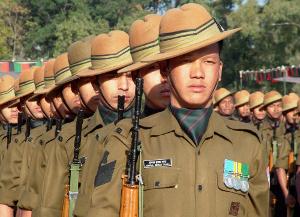
Concept of Martial and Non-Martial races
Along with caste the British brought in another element which was based on their experience in India. The British divided the castes into martial and non-martial classes and confined their recruitment to the martial races. Thus the British firstly accepted caste as the basis of recruitment and secondly confined the recruitment to the so called martial castes.
The British concept of the martial caste was as per their reading of history. They were of the opinion that races that had faced perpetual conflicts and wars were more amenable to discipline and could be better soldiers. At that time the British were only looking for soldiers as the army had only European officers of British descent.
The British enlisted men from certain regions like the Punjab and North West frontier, regions which had seen invasions since the time of Alexander the Great. They recruited other martial races like the Rajputs who glorified war. In addition, they added their own experience of battle with the Indians and the Sikhs, Gurkha, and Muslims from the Frontier were foremost in the field of recruitment to the Indian army.
Do you think the British were right in having a caste based army ?
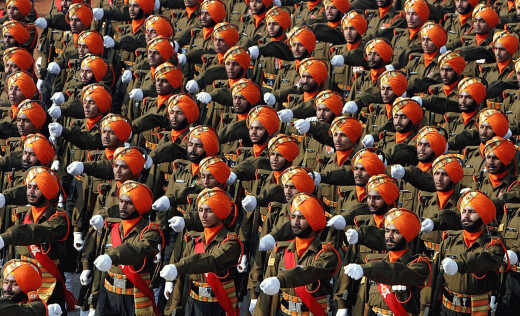
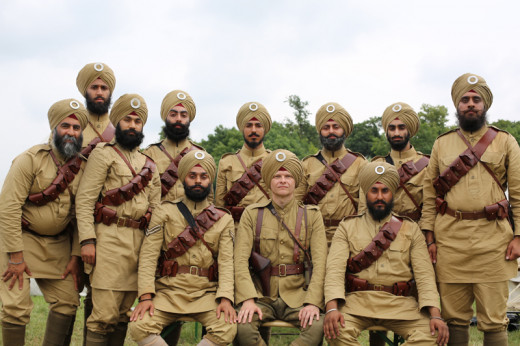
The British Were Right After All
Were the British right in this differentiation of martial and non-martial races? There is a lot of discussion on this, but the fact is the British policy paid a rich dividend for the empire. The British Indian army helped the allies win 2 World wars and as is well known the main battles in Mesopotamia against the Turks in World War I and the Japanese ( 8th Army) was fought by a dominant Indian force.
The British Indian army also fought in the Afghan wars and the Invasion of Tibet. Not many may be aware that the Punjab troops were also used in the Boxer rebellion in China. The British Indian army was one of the pillars of the Raj and helped keep far-flung British territories under the British flag. No doubt it was a mercenary army, but such things happen in history.
The old saying "the proof of the pudding is in its taste" holds true as the British using the martial races as fodder for their troops overwhelmed much of the world and overawed the populace in India. In other words, the caste-based army helped perpetrate the Raj-an euphemism for British rule in India.
The blind loyalty of this caste-based army can be seen as they obeyed repugnant orders of General O 'Dyer and fired on an unarmed crowd at Jallianwala Bagh in 1919. Ninety troops from Sikh, Gurkha, Baluchi and Rajput soldiers from the 2nd/9th Gurkha rifles, the 54th Sikhs and the 59th Sind Rifles.
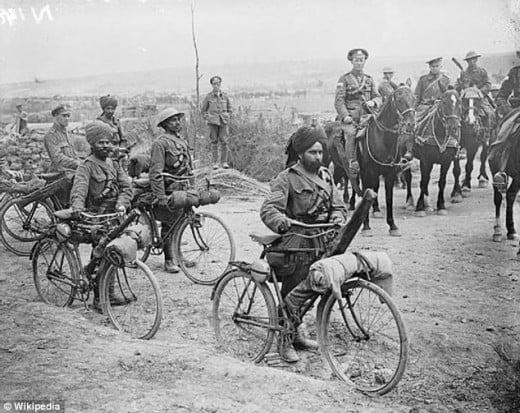
After 1947: Nehru and Congress Retain British Concepts
Once the second World war was over the British realized that holding India would not be easy as the army on who they had relied for over 150 years had become suspect. Many had joined the INA of Subhas Bose and some also joined Hitler and formed the Indian Legion. A mutiny in the Navy convinced the British that the time had come for them to go. They left India in 1947.
The inheritors of British rule the Congress party and Nehru decided that the caste-based regiments be retained. This was a step that did not go down well with a few, but the view of Nehru prevailed. Even Gandhi who had for long been a proponent of the varna system agreed that caste-based regiments were a necessity. This was a practical step as these regiments had their own war cries and food and religious habits.
Despite the British leaving India the caste composition of the army, in particular the Infantry regiments remained. Now 70 years down the line the battalions of Dogras, Sikhs, Gurkha, Jats, Rajputs among other continue in the Indian army. The new raisings do not have a caste composition , but the old regiments remain.
Indian army is perhaps teh only army in the world that is a caste based army and yet is highly efficient and effective and well respected all over the world.
